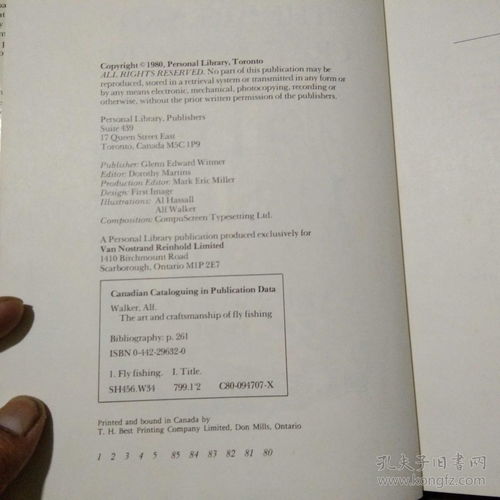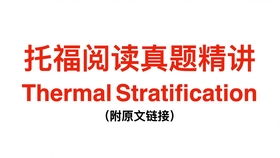Introduction: Fishing is a popular hobby that brings people closer to nature and offers a sense of relaxation and tranquility. Whether you are a beginner or an experienced angler, knowing how to drive a fishing boat safely and effectively is crucial. In this article, we will provide you with a step-by-step guide on the driving techniques for a fishing boat, accompanied by detailed illustrations to help you visualize the process. So, let's dive in and explore the art of driving a fishing boat!
Understanding the Boat's Controls: Before you start driving, it is essential to familiarize yourself with the boat's controls. Here is a breakdown of the key components:
a. Throttle: This controls the engine speed and, consequently, the boat's speed.
b. Steering Wheel: Used to turn the boat left or right.
c. Trim Tab: Adjusts the boat's stability and pitch by tilting the stern up or down.
d. Bilge Pumps: These are crucial for removing water from the bilge, preventing flooding.
Pre-Boat Check: Before setting off, ensure that the boat is in good condition. Here's a checklist to help you:
a. Check the fuel level and top up if necessary.
b. Inspect the battery and ensure it is charged.
c. Verify that all safety equipment, such as life jackets, flares, and a first-aid kit, are on board.
d. Make sure the engine is in good working condition and that all switches and gauges are functioning correctly.
Starting the Engine: To start the engine, follow these steps:
a. Turn the key to the "start" position.
b. Engage the throttle to the desired speed.
c. Apply pressure to the throttle until the engine starts.

d. Once the engine is running, adjust the trim tab to maintain stability.
Navigating the Boat: Now that the engine is running, let's discuss the techniques for navigating the boat:
a. Starting from a Dock: Position the boat in front of the dock, then engage the throttle and slowly move forward. Once the boat is clear of the dock, turn the steering wheel to the desired direction and maintain a steady speed.
b. Turning: To turn the boat, apply pressure to the steering wheel in the direction you want to turn. Keep the throttle engaged to maintain speed and stability.
c. Speed Control: Adjust the throttle to control the boat's speed. For slow maneuvering, use a lower speed, while higher speeds are suitable for covering longer distances.
d. Approaching Land: When approaching land, reduce the throttle and turn the steering wheel slightly to maintain control. Ensure that you have enough room to maneuver and avoid hitting obstacles.
Docking the Boat: Docking a boat can be challenging, but with practice, it becomes second nature. Here's a step-by-step guide:
a. Approach the Dock: Position the boat parallel to the dock, ensuring that the stern is slightly closer to the dock than the bow.
b. Engage the Throttle: Slowly engage the throttle to reduce speed and allow the boat to glide closer to the dock.
c. Use the Trim Tab: Adjust the trim tab to help stabilize the boat and prevent it from drifting away.
d. Steer the Boat: Use the steering wheel to guide the boat into the slip, ensuring that the stern remains close to the dock.
e. Secure the Boat: Once the boat is in position, secure it using the dock lines and cleats.
Conclusion: Driving a fishing boat requires practice and patience, but with the right techniques and knowledge, you can enjoy a safe and enjoyable boating experience. Remember to familiarize yourself with the boat's controls, perform a pre-boat check, and follow the navigation and docking techniques outlined in this guide. By incorporating these tips and visualizing the process with the provided illustrations, you'll be well on your way to becoming a skilled fishing boat driver. Happy fishing!












